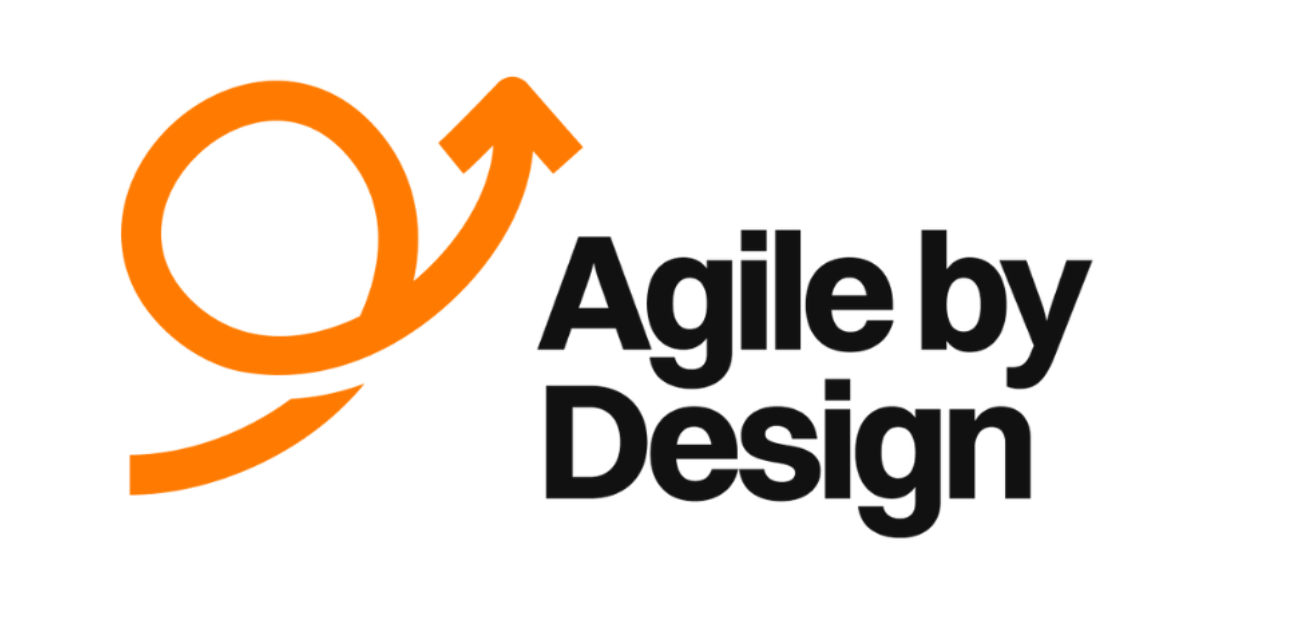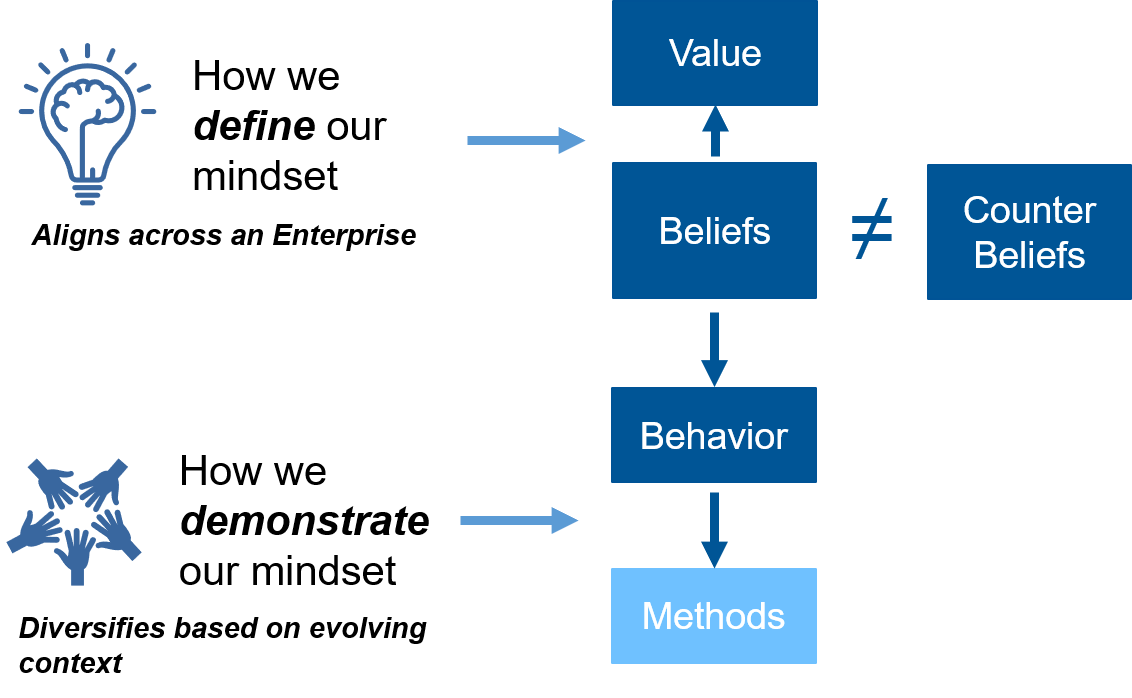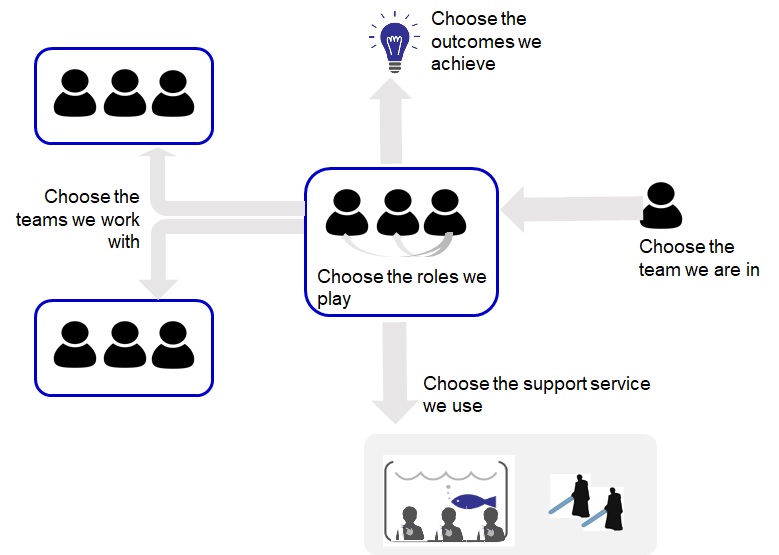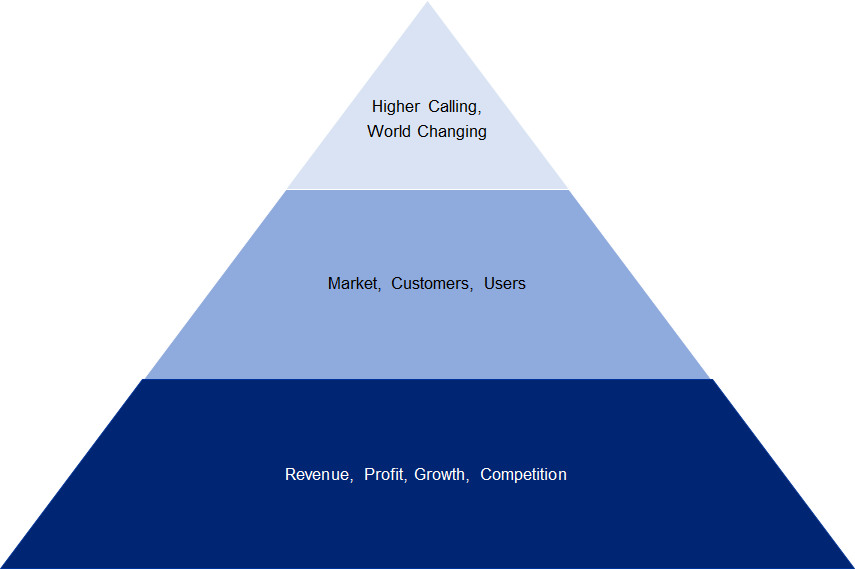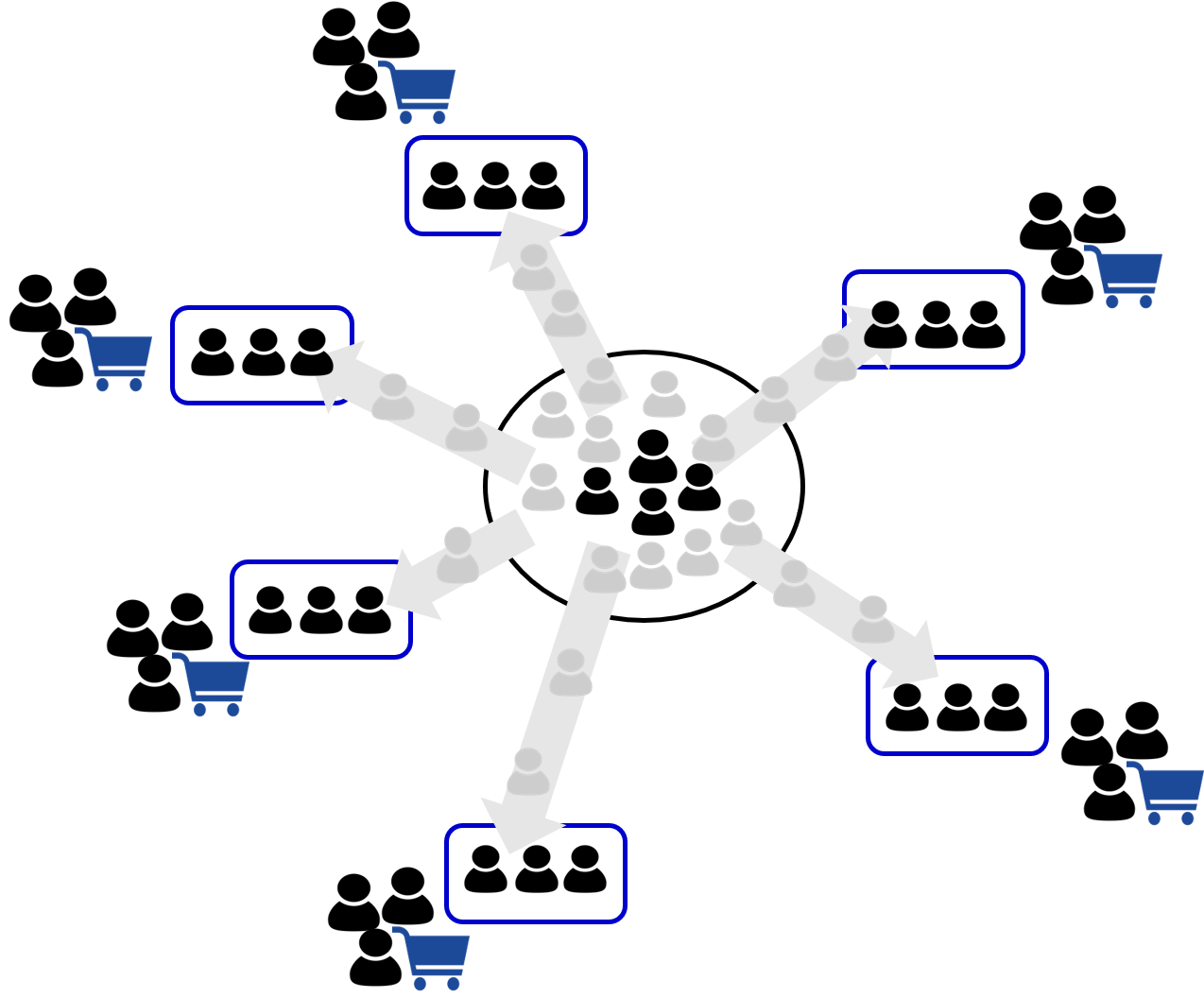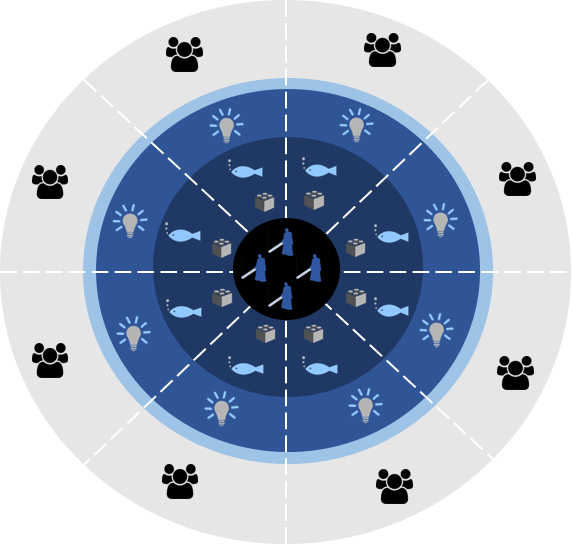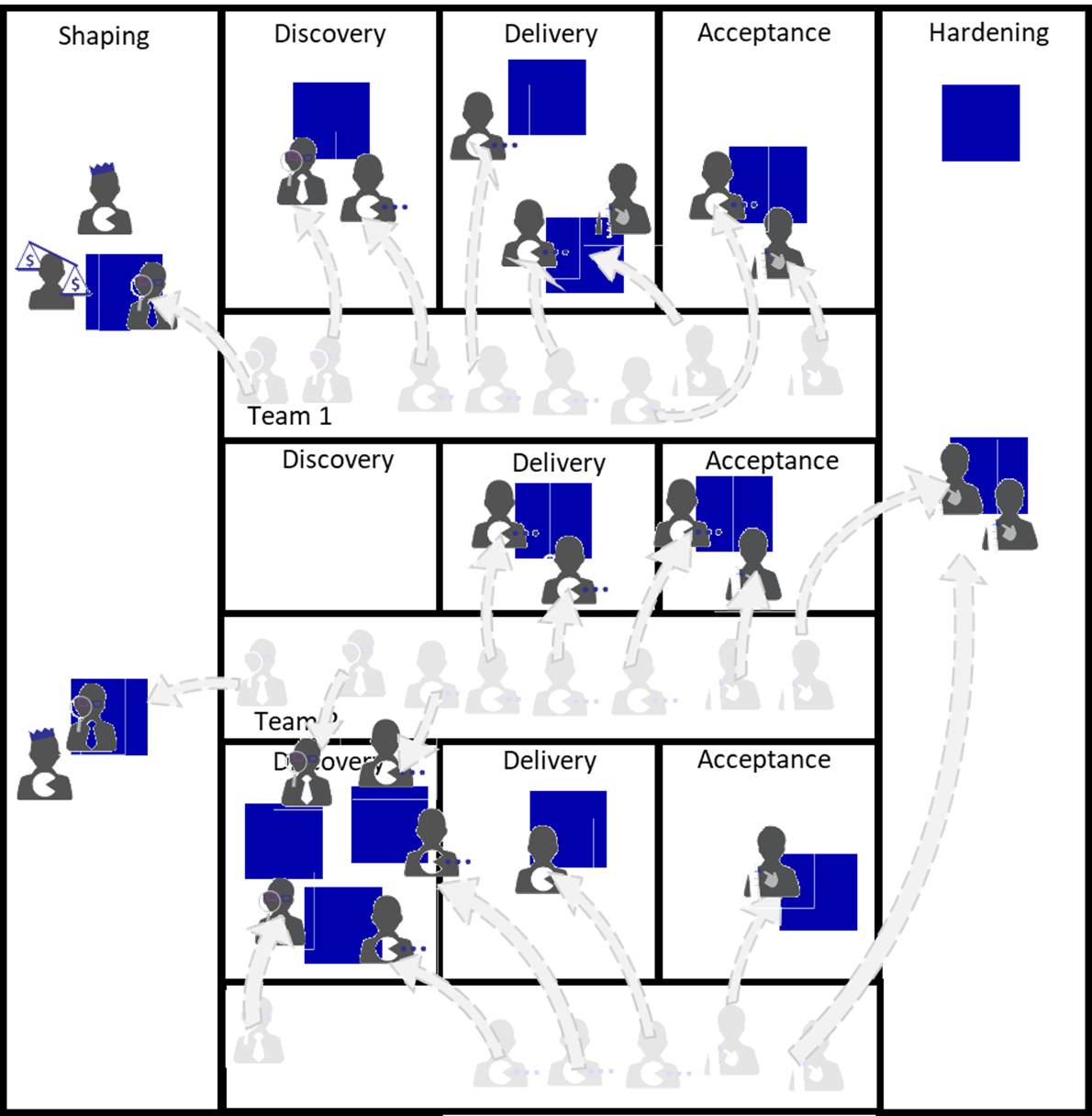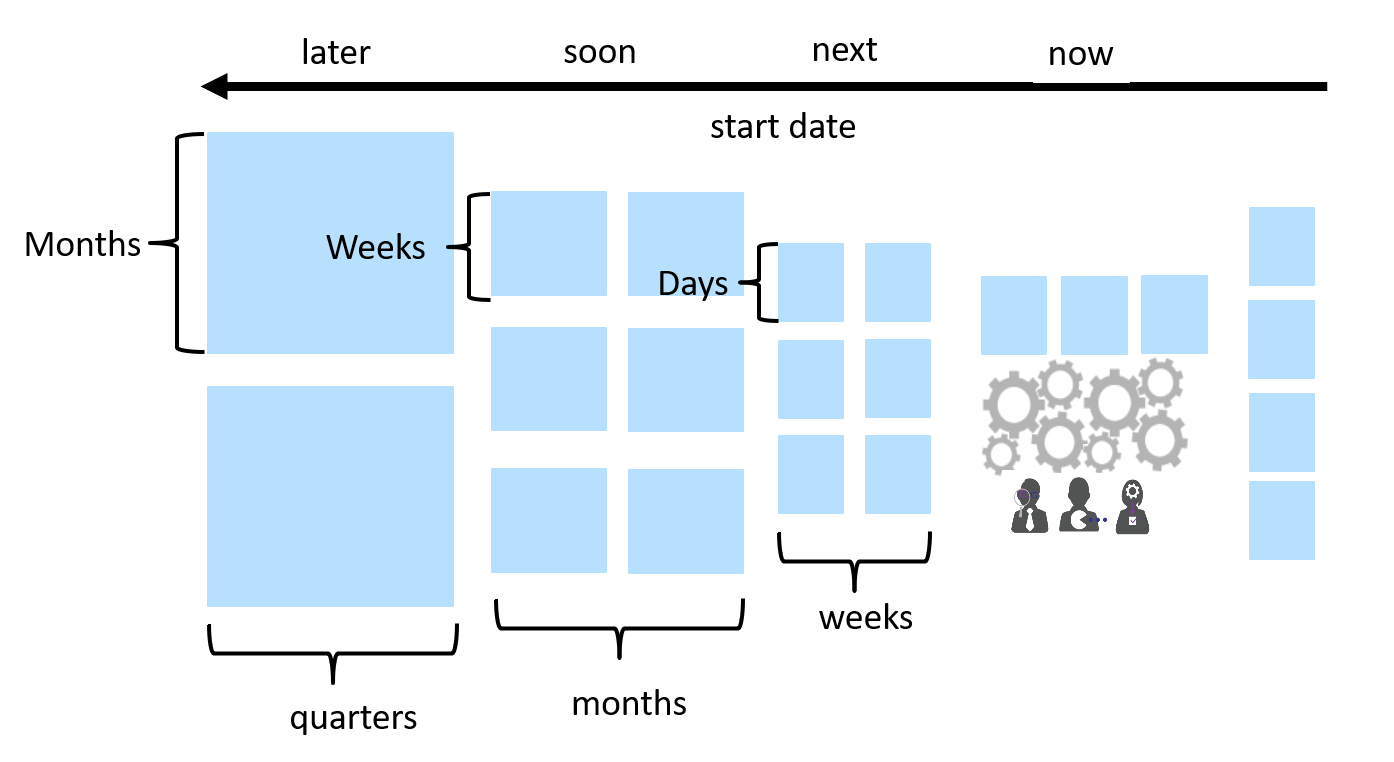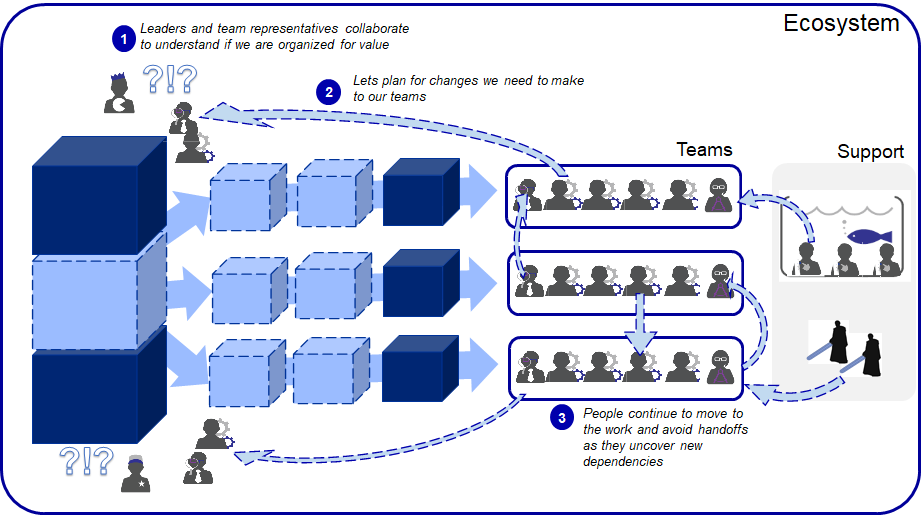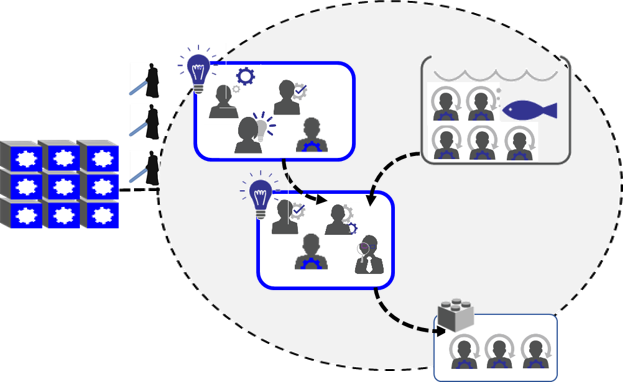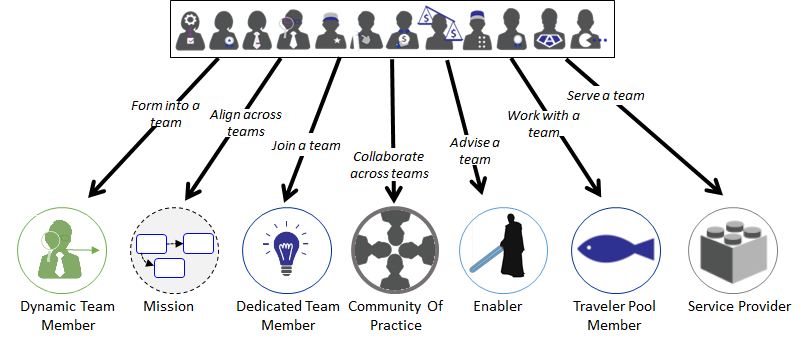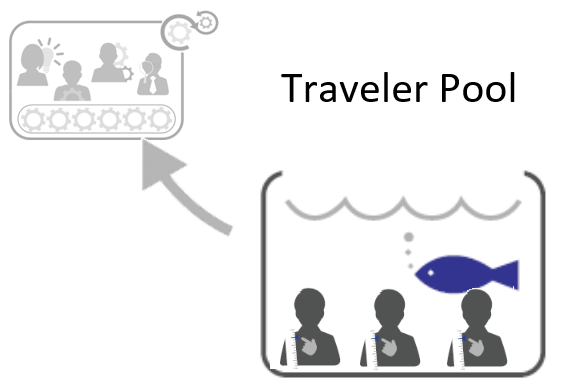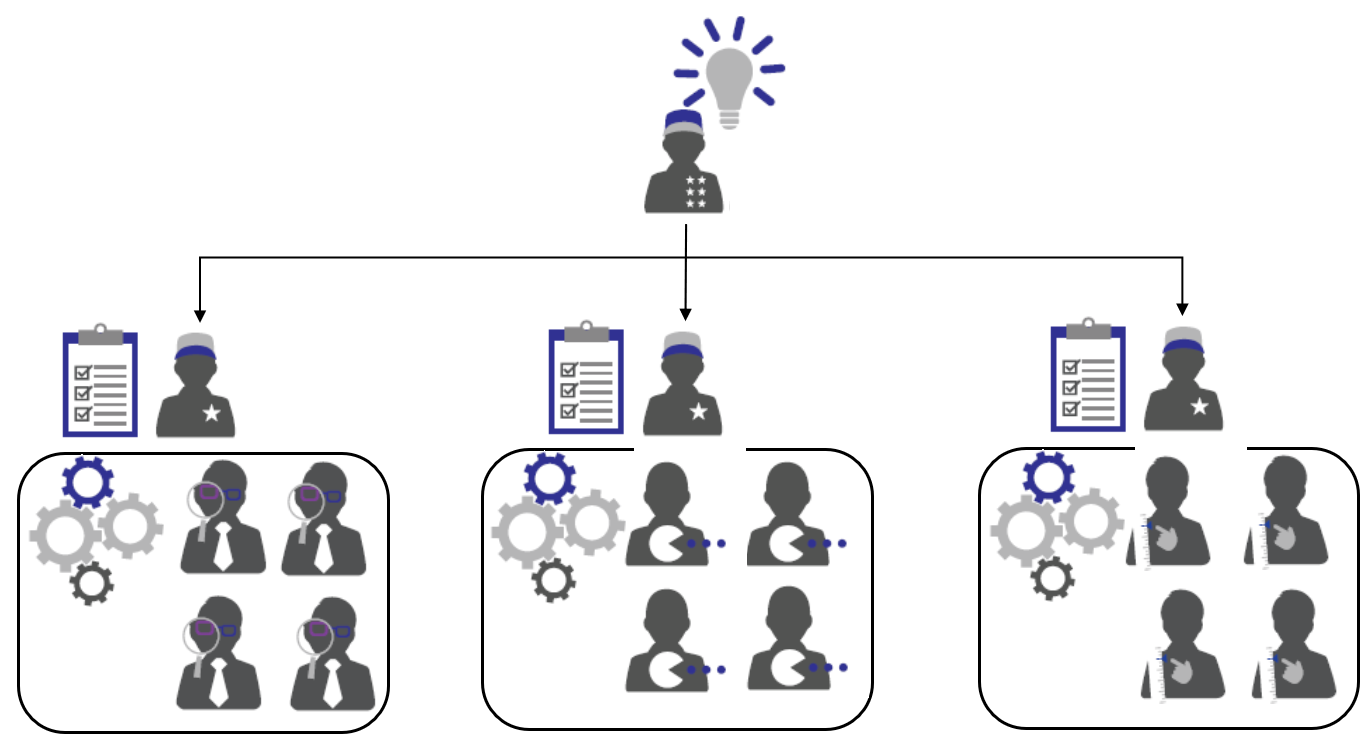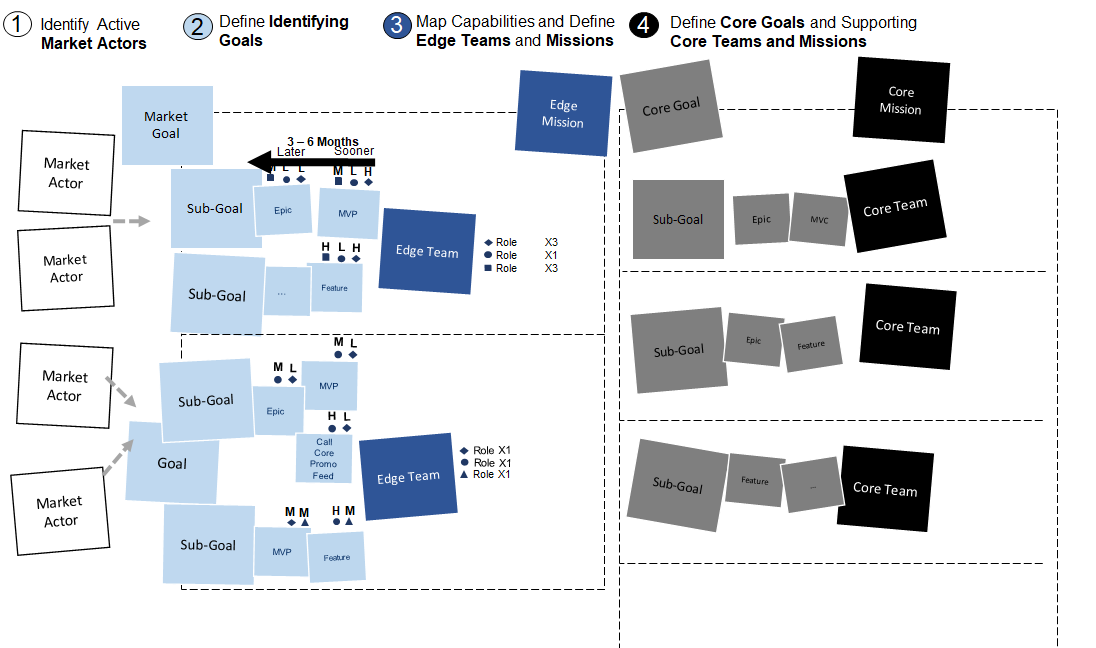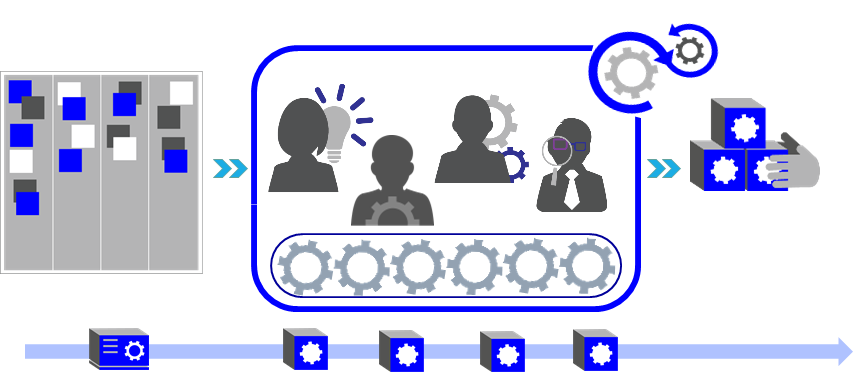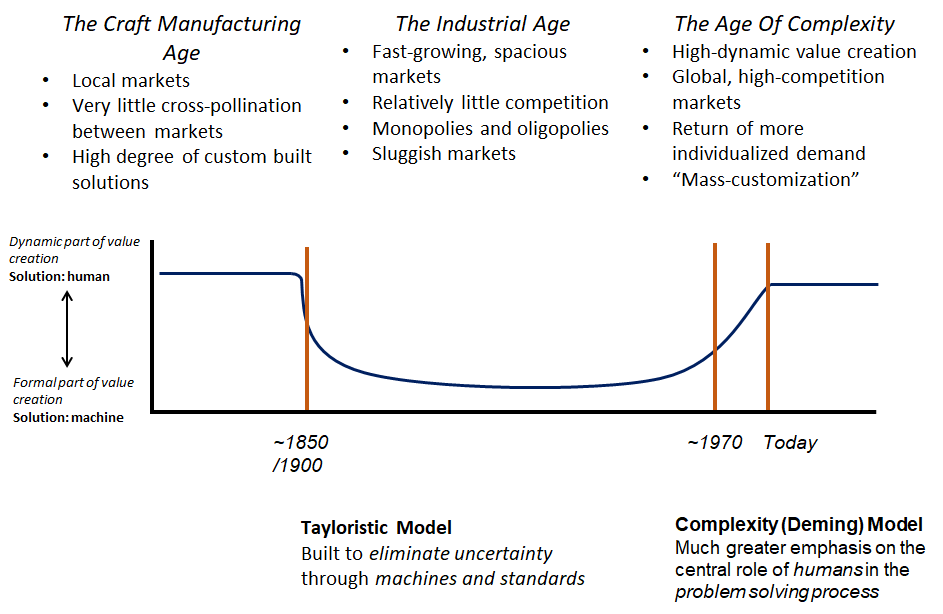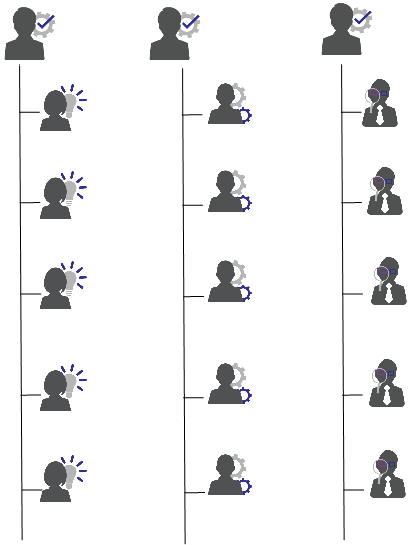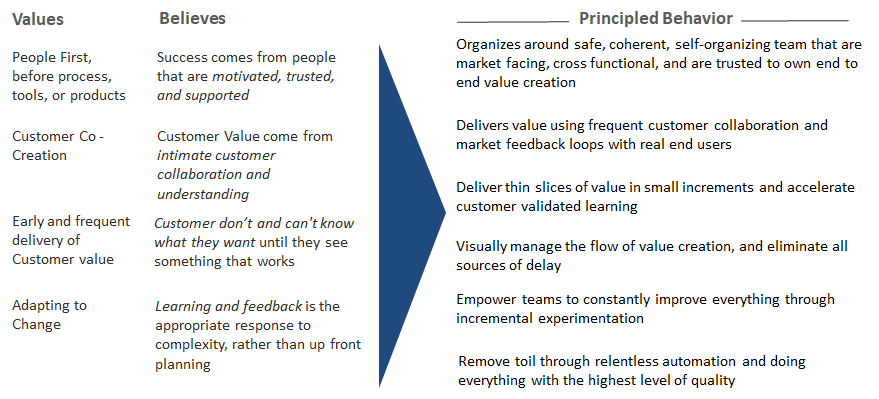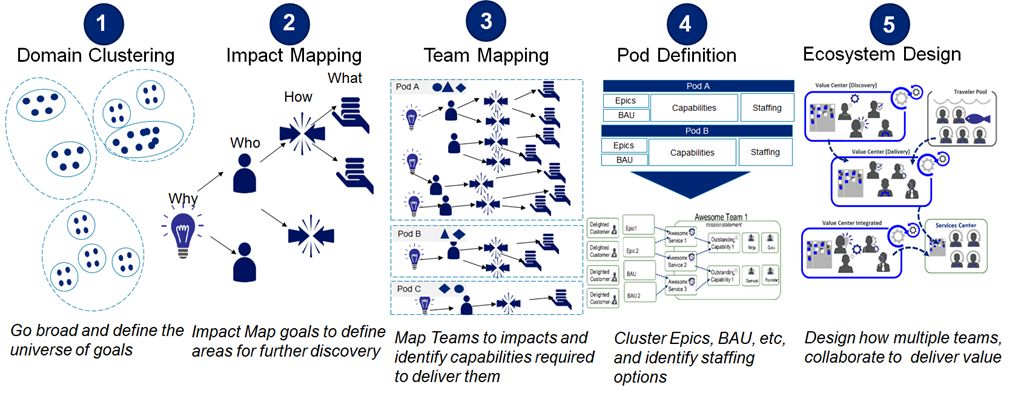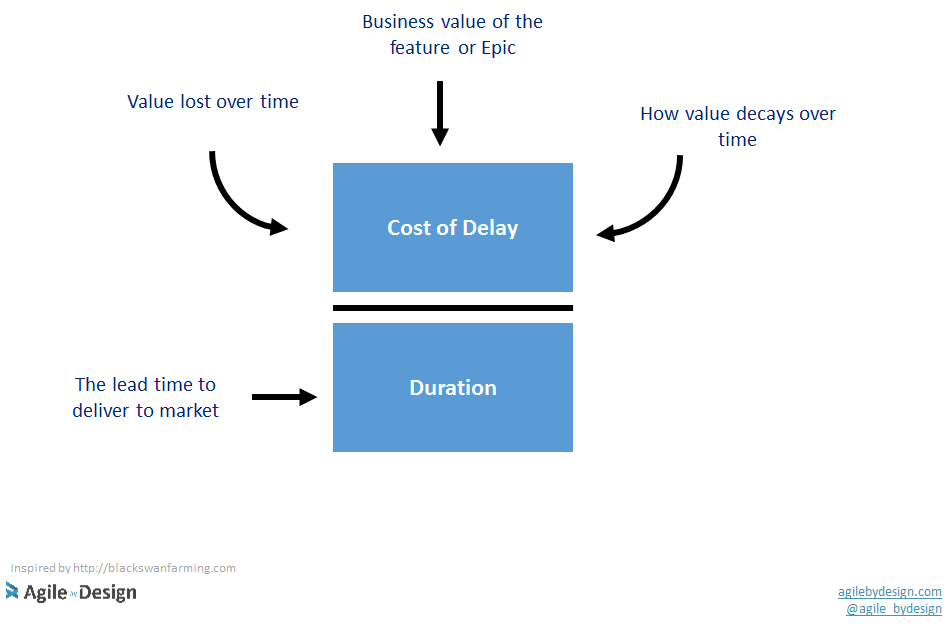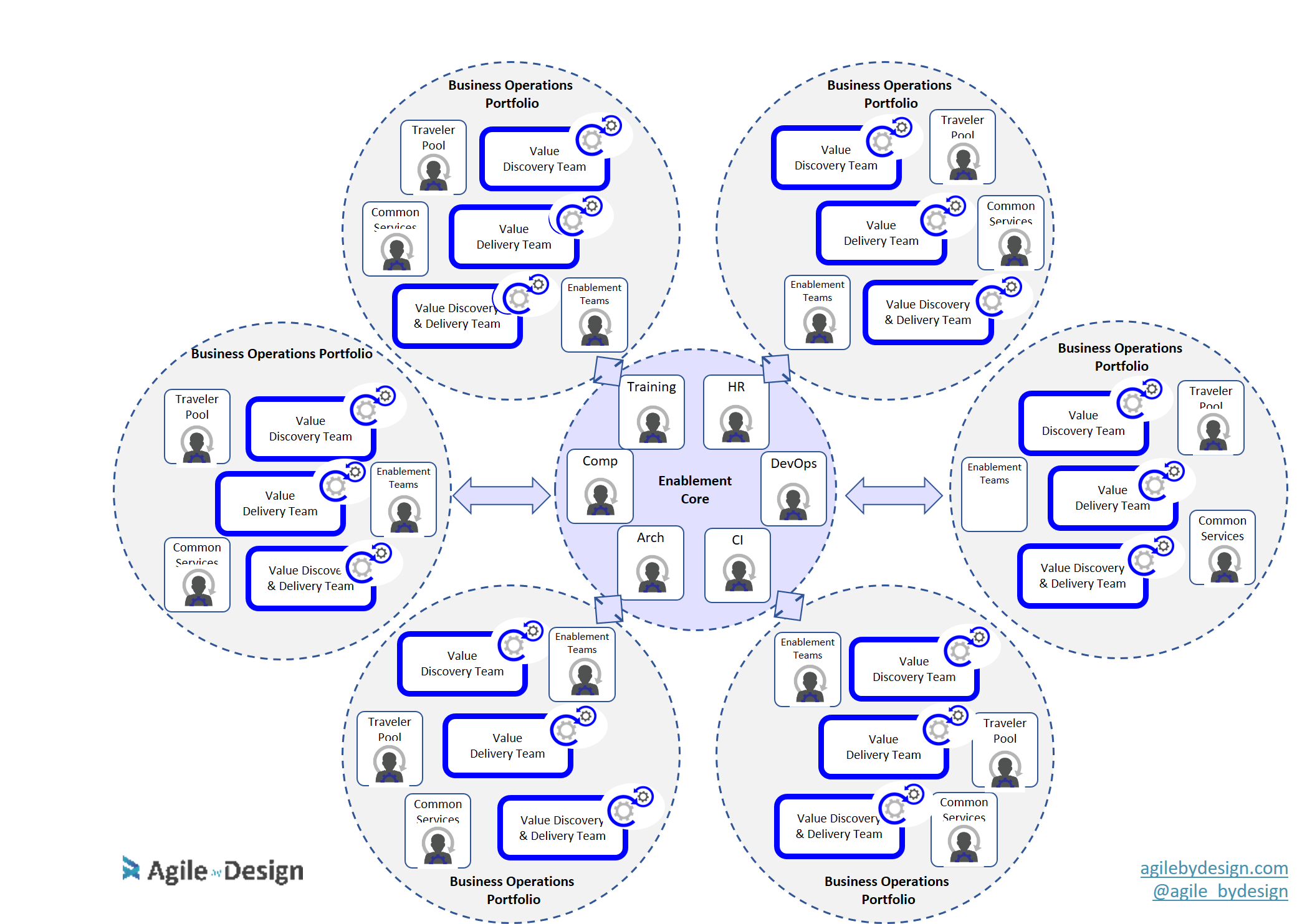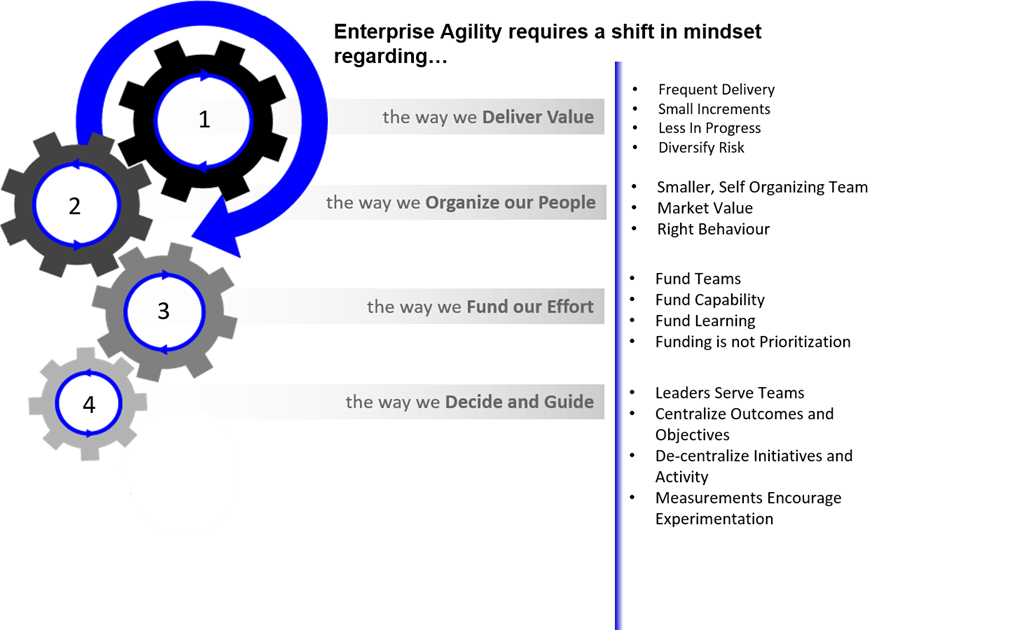The concept of placing people into stable, market facing teams is at the core of Agile Organizational Design. But we won't always be able to accomplish every thing we want through the use of long lived, stable teams. Sometimes the political, and even economic reality is that we we can't form new new persistent teams to meet a specific outcome.
If we want to support agility in many of today's organizations we need to accept that every piece of work will not be completed by a durable team. We need to complement the idea of durable teams with other ways people can collaborate with each other.
I use Team Collaboration Patterns as a means to represent the different ways people can engage and interact with teams. These patterns provide us with options, and I have seen them enrich conversations focused on agreeing on how people can interact with each other within and across teams.
Today. I'll provide an overview of the Swat Team pattern.
Like this article? Download my book on Agile Organizational Design.
Summary
You form into a team, just-in-time, with other members drawn from a collection of other teams and departments.

Problem
You need to collaborate with members from a number of different teams at the same time in order to accomplish a complex task. You do not want to change your existing team structure to collaborate on this task. Perhaps the duration of the request is too short to justify such a change, perhaps their is a lack of will across teams and their managers to move people to different teams for an extended duration.
Solution
Form a Dynamic Swat Team with all of the people from the other teams you need to collaborate with. Often you and other members of the team will agree to participating in one or more agile style sessions, and meet at a steady cadence. Shared discovery, shared stand-ups, and reviews are all examples of events a dynamic swat team could hold to improve collaboration. Dynamic Swat Teams will often agree to adopt some form of visual management to increase transparency.
Discussion
Use the Swat Team pattern is helpful when the will or means do not exist to restructure the way your teams are organized. Examples include, fixing a severity one defect that spans multiple systems, converging on a fix dated and last minute opportunity, or supporting cut over during a merger and acquisition. A swat team could also be useful to define volunteers who are working on improvements that could implement multiple teams. Swat Teams are used to transcend official structure, whether that structure is team based or hierarchically based, so are an effective way to move people to the work.
Moving people to the work, using the Swat Team pattern, serves special purpose for organizations at both ends of the "Agile Maturity" spectrum. The Swat team pattern can help traditional organizations take their first tentative steps toward greater agility. The Swat Team pattern can also help Organizations that are further along the agile journey to move beyond the need for fixed agile teams.
Options
The Project Team
Organizations that are beginning to consider agile as an approach will often form teams based on projects. People are gathered to deliver on an outcome, such as building a new software application. These people will come from various departments under the purview of a project manager. Once the software has been successfully delivered to production, the application will be turned over to operations and support, and various team members will return to their departments and await the start of the next project. This is an example of a traditional organization using the Swat Team pattern in order to dip their toes into more agile waters. It is an approach that is criticized for a number of reasons. Team members take time to get familiar with each other, it takes time for teams to become productive, given the chance, teams displaying true teamwork can dramatically outperform individuals who may be independently more capable. If a team is reformed and disbanded every time we take on a new project, then team work never gets a chance to take effect.
That being said, it is my experience that project Swat Teams is a reasonable first step on the path to Organizational Agility. Experience gained can be used to inform a more ambitious organizational design. It is a relatively straight forward conversation to convert a project team into a longer lived team by hunting for a backlog and the budget that comes with it. Be frank that if agility is to improve then project teams are a first temporary step towards something more durable.
The Self Forming Team
A natural by product of being a member of a self organizing, market facing team is that people experience an increased sense of safety. There are many reasons why agility increases safety, chief among them are empowerment, feedback, collective responsibility, and transparency. As safety increases, the hard barriers represented by stable agile teams seem less and less important. People will become more comfortable with forming into teams based on what is required. What we end up seeing is a hybrid model where a small part of the team is stable, and most of the team is formed dynamically with people assigning themselves to the team.
Organizations will often use a visual management system, typically a Kanban system at the organizational, program or portfolio level to guide the process of self-selection. Members of different teams can use such a higher level Kanban to look for opportunities to swarm around the work as necessary to maximize flow of value.
It is truly a beautiful thing to watch when a group of people spot an impediment or obstacle that can be quickly resolved if they work together for a day/week or two to solve it, outside of their familiar organizing structure. Patterns start to form over time, and it becomes clear among participants how they need to form to deliver value based on the demand coming into the system of work. At its fullest, self forming teams are an advanced behavior that has been observed in a number of places, and will increasingly gain prominence as the need to scale with agility increases. Later on in this book, I’ll be providing an entire chapter on how Kanban can be used to enable self forming teaming.
Like this article? Download my book on Agile Organizational Design.







